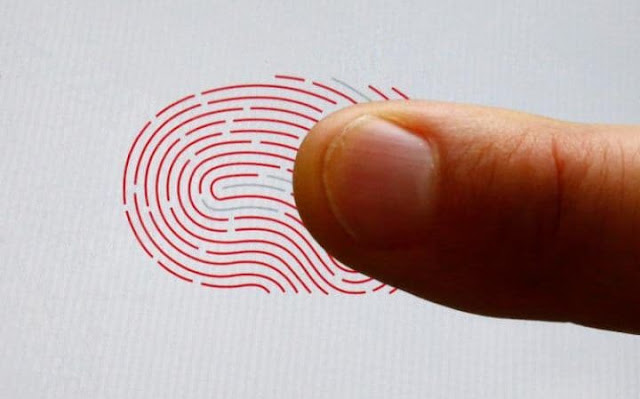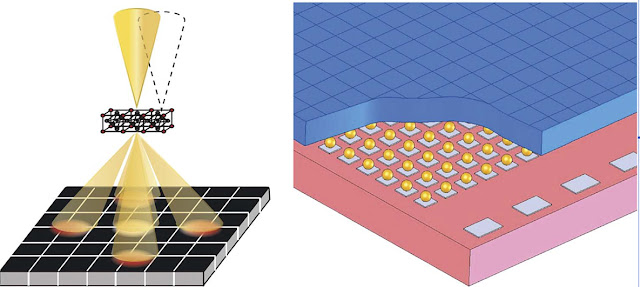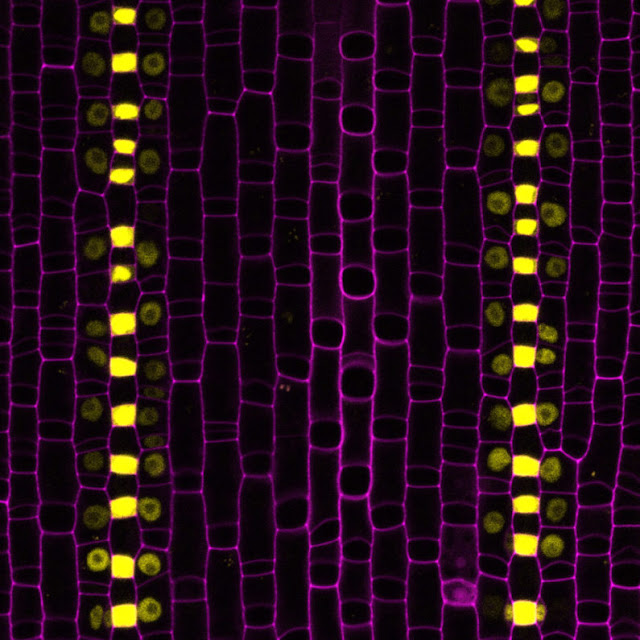NASA/FAA – Guidelines for New Airplane Crash-Worthiness
NASA in association with FAA have come together for a petrifying drop testwhich will be making way for guidelines for new airplane crash-worthiness. The scientists have strapped ten dummies of different body formsinto model of a regional jet fuselage dropping itt straight down at a speed of 30 feet per second.
Moreover they also involved baggage in the cargo and though human would probably not withstand severe injuries in the situation, the bags got ragged right through the floor. The test had been piloted at Langley Research Centre of NASA in Virginia as part of the effort of Federal Aviation Administration – FAA, in order to consider the reliability of new planes which contains non-metallic parts.
Martin Annett, crash test engineer of NASA had informed that they were working with the FAA to update the necessities essential for the testing of next generation airframe concepts, particularly those which could comprise of composite materials. The scientist had examined what could have occurred to the structure of an airplane and the humans on board, should an accident take place. In order to do this, they released the fuselage cut-out from a height of 14 feet.
Collecting Data on Regional Jet-Sized Aircraft
Joseph Pellettiere, chief scientist and technical advisor for crash dynamics for FAA informed that they have been looking on collecting data on regional jet-sized aircraft and its performance especially metallic planes.
He further added that this way they could improve a regular baseline data which could be utilised in comparing with new and novel designs which could use changed materials. They then equipped ten dummies with transducers for testing the loads as well as strains on their bodies buckling them into conventional airplane seats.
The dummies had been designed to imitate actual travellers representing a variety of body categories. As per NASA, eight of the dummies were said to be 50th percentile males that had been exhibited after the average man in height, mass and proportion.
One is said to be a 95th percentile male and is designed to be heavier as well as taller than 95% of men while the tenth is a 5th percentile female of around five feet tall and 110 pounds. Together with the setting of the dummies with transducers, the engineers had also connected instrumentation in the model cross section of the fuselage also which enabled them to view how it held up under the effect.
Data Recorder to Measure What Occurred During Crash
Moreover they also placed baggage into the mix. Annett commented that one thing which was unusual in the test was that they had included baggage in the cargo hold which was an actual unclaimed baggage from an unclaimed baggage centre in Alabama.
They wanted to see how the luggage would interact with the subfloor separating it from the dummies. Justin Littell, test engineer of NASA also commented that they had put a data recorder in one of the bags in order to measure what occurred to it during the crash.
The engineers had dropped the cabin onto two feet in one trial. With the use of a technique known as full field photogrammetry, the camera was capable of capturing distinct deformations of the craft, created on black dots that had been painted around the tube.
Recording 500 frames per second, the camera followed each of the dots showing the changes. Though, the dummies received a `good jolt’, the researchers informed that they probably would have made it through all right.
NASA in association with FAA have come together for a petrifying drop testwhich will be making way for guidelines for new airplane crash-worthiness. The scientists have strapped ten dummies of different body formsinto model of a regional jet fuselage dropping itt straight down at a speed of 30 feet per second.
Moreover they also involved baggage in the cargo and though human would probably not withstand severe injuries in the situation, the bags got ragged right through the floor. The test had been piloted at Langley Research Centre of NASA in Virginia as part of the effort of Federal Aviation Administration – FAA, in order to consider the reliability of new planes which contains non-metallic parts.
Martin Annett, crash test engineer of NASA had informed that they were working with the FAA to update the necessities essential for the testing of next generation airframe concepts, particularly those which could comprise of composite materials. The scientist had examined what could have occurred to the structure of an airplane and the humans on board, should an accident take place. In order to do this, they released the fuselage cut-out from a height of 14 feet.
Collecting Data on Regional Jet-Sized Aircraft
Joseph Pellettiere, chief scientist and technical advisor for crash dynamics for FAA informed that they have been looking on collecting data on regional jet-sized aircraft and its performance especially metallic planes.
He further added that this way they could improve a regular baseline data which could be utilised in comparing with new and novel designs which could use changed materials. They then equipped ten dummies with transducers for testing the loads as well as strains on their bodies buckling them into conventional airplane seats.
The dummies had been designed to imitate actual travellers representing a variety of body categories. As per NASA, eight of the dummies were said to be 50th percentile males that had been exhibited after the average man in height, mass and proportion.
One is said to be a 95th percentile male and is designed to be heavier as well as taller than 95% of men while the tenth is a 5th percentile female of around five feet tall and 110 pounds. Together with the setting of the dummies with transducers, the engineers had also connected instrumentation in the model cross section of the fuselage also which enabled them to view how it held up under the effect.
Data Recorder to Measure What Occurred During Crash
Moreover they also placed baggage into the mix. Annett commented that one thing which was unusual in the test was that they had included baggage in the cargo hold which was an actual unclaimed baggage from an unclaimed baggage centre in Alabama.
They wanted to see how the luggage would interact with the subfloor separating it from the dummies. Justin Littell, test engineer of NASA also commented that they had put a data recorder in one of the bags in order to measure what occurred to it during the crash.
The engineers had dropped the cabin onto two feet in one trial. With the use of a technique known as full field photogrammetry, the camera was capable of capturing distinct deformations of the craft, created on black dots that had been painted around the tube.
Recording 500 frames per second, the camera followed each of the dots showing the changes. Though, the dummies received a `good jolt’, the researchers informed that they probably would have made it through all right.























